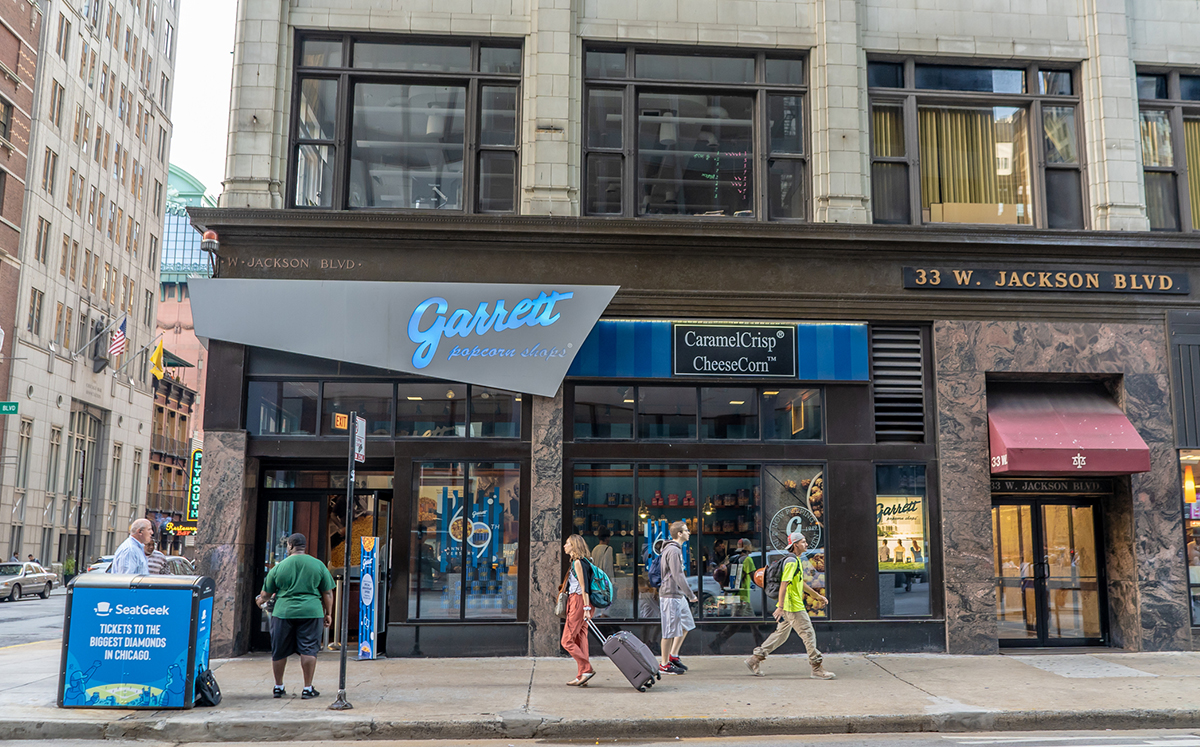Empty storefronts are becoming a more common sight in the Loop.
The vacancy rate for retail spaces in the Loop jumped to 13.7 percent last year, up from 12.1 percent in 2017, according to survey results from retail brokerage Stone Real Estate reported in Crain’s. That brings storefront vacancies to a level not observed in the business district since 2011.
John Vance, a principal at Stone Real Estate, chalked up the trend to “turbulence” in the space introduced by the rise of e-commerce and other non-traditional retailers. But the shift opens new opportunities for food and beverage operators, demonstrated by the growing popularity of food halls, Vance told Crain’s.
But landlords aren’t struggling in every part of Downtown. The retail vacancy rate fell from 15.4 in 2017 percent to 12.2 percent last year between the Chicago River and the Kennedy Expressway, in the area known as West Loop Gate, where an explosion of new office users has cranked up demand for space. And along Michigan Avenue south of the river, the rate dropped from 12.3 percent to 11.6 percent during the same time.
But the overall rate was pushed up by swelling vacancies in the Central Loop and the west edge of the Loop, which respectively saw their rates hike to 15.6 percent and 13.1 percent, according to the survey. Vacancies are also on the rise along the Magnificent Mile shopping corridor.
The shifting market is posing a challenge for retail landlords, but it’s opened opportunities for new kinds of uses, industry pros said on a Bisnow panel last week. [Crain’s] — Alex Nitkin




